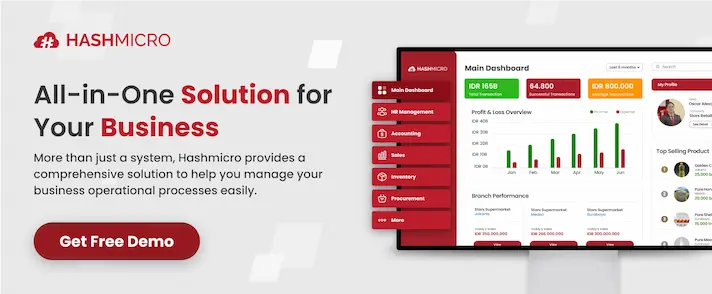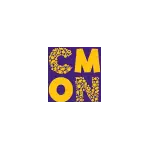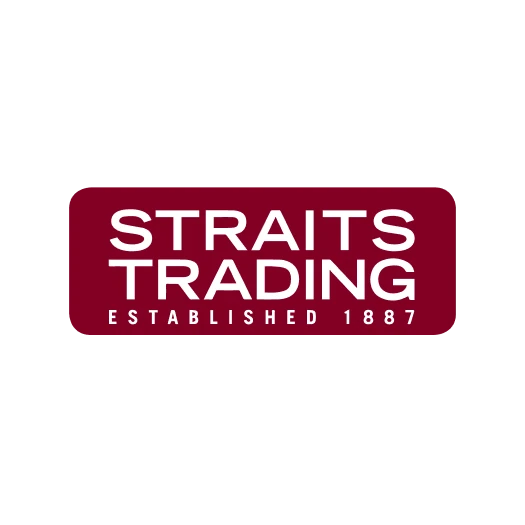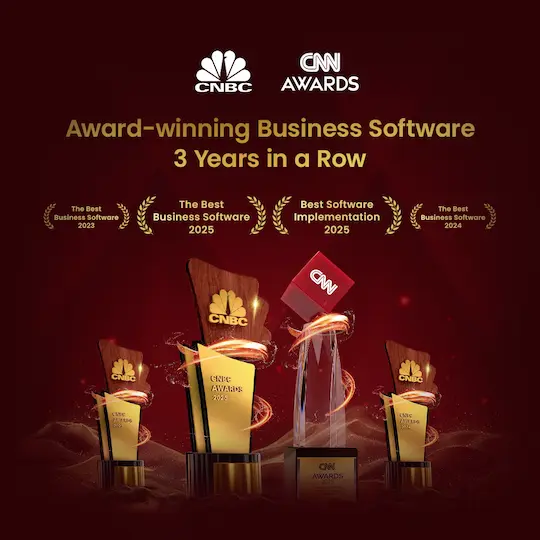Project costing is critical to successful project planning, yet it remains a common source of failure for many organizations. Inaccurate estimates, sudden scope changes, and poor budget visibility often lead to cost overruns, missed deadlines, and reduced profitability.
According to the Project Management Institute (PMI), approximately 28% of projects fail due to unrealistic cost estimates or poor budget management, a clear sign that project costing should never be treated as an afterthought.
To support more accurate and efficient costing, HashMicro Project Management Software offers built-in features that help businesses plan, track, and control project budgets in real time. This ensures better decision-making and minimizes financial risks throughout the project lifecycle.
In this article, we’ll examine project costing in more detail and explore the most commonly used estimation methods to help your team plan more confidently.
Key Takeaways
|
What Is Estimating Project Costing?
Estimating project costing is forecasting the total expenses required to complete a project within a defined scope and timeline. This includes direct costs such as labor, materials, and equipment, as well as indirect costs like overhead, administrative fees, and contingency reserves.
Project cost estimation aims to set a budget and create a financial roadmap that supports informed decision-making, efficient resource allocation, and risk mitigation throughout the project lifecycle.
Cost estimation can be performed at different project stages, ranging from rough estimates (ballpark estimates) during the early planning phase to more detailed and accurate calculations as the scope becomes clearer.
Benefits of Project Cost Management
When done right, project cost management doesn’t just prevent overspending it supports better planning, smoother execution, and stronger stakeholder relationships. Here are four key benefits you can expect:
1. Improved budget accuracy
Effective cost management allows teams to build realistic budgets by factoring in both direct and indirect costs, historical data, and potential risks. This minimizes the chances of underestimation and keeps financial planning aligned with project goals.
2. Better financial control
With continuous monitoring, project managers can track actual spending versus the planned budget in real time. This helps detect issues early and make timely adjustments. Using a rolling forecast further enhances control by regularly updating financial projections.
3. Smarter decision-making
Access to accurate cost data helps stakeholders make informed decisions, whether reallocating resources, adjusting scope, or responding to unexpected changes while maintaining financial stability.
4. Greater stakeholder confidence
Transparent cost management practices demonstrate professionalism and accountability. When clients and executives see consistent reporting and budget discipline, trust increases, supporting smoother collaboration.
The Four Steps in Project Cost Management
Project cost management is a crucial discipline that ensures projects are completed within their financial limits. This process is typically divided into four key steps that guide project managers from initial planning to final cost control:
1. Resource planning
This first step involves identifying all the resources needed to complete the project such as labor, materials, equipment, and services. Proper resource planning sets the foundation for accurate cost estimation by defining what will be required, when, and in what quantity.
2. Cost estimating
Once resources are identified, cost estimating calculates the expected expenses associated with each item. Estimations include direct costs (e.g., salaries, materials) and indirect costs (e.g., overhead, administrative fees).
Techniques like expert judgment, historical data analysis, and parametric models are commonly used to improve accuracy.
3. Cost budgeting
Cost budgeting involves aggregating estimated costs into a formal budget. This step allocates funds to specific project activities or phases, establishes spending limits, and creates contingency reserves for unforeseen issues.
4. Cost control
The final step, cost control, monitors actual expenditures against the budget. It detects variances and potential overruns early, enabling project managers to take corrective actions. Effective cost control helps keep the project financially on track and supports informed decision-making.
How to Calculate Project Costs
Calculating project costs accurately is essential for maintaining profitability and ensuring projects stay within budget. Different cost calculation methods may be more suitable depending on your project’s nature and requirements. Here are the common approaches:
1. Hourly
This method calculates costs based on the hours worked multiplied by each resource’s hourly rate. It is ideal for projects with flexible or evolving scopes, allowing budget adjustments as work progresses.
For instance, if a development team works 100 hours at $100 per hour, the total cost for that period would be $10,000.
2. Flat rate
A fixed price is agreed upon upfront to cover the entire project scope. This method suits projects with clearly defined deliverables and timelines, providing predictability in budgeting.
A marketing campaign priced at $20,000 would include all phases from planning to execution, regardless of hours spent.
3. Cost plus
The client pays for actual costs incurred plus a markup or fee as profit. This approach is common in projects where estimating total costs upfront is challenging, such as construction. For example, if materials and labor cost $50,000 with a 20% markup, the client pays $60,000.
4. Value-based pricing
Pricing is based on the value or benefit delivered rather than the actual cost. This is appropriate for projects with high-impact outcomes, like consulting services that boost a client’s revenue.
If a consultant’s strategy increases revenue by $1 million, charging 10% of that amount $100,000, aligns price with value.
Project Cost Management Methods
Effective project cost management relies on selecting the proper methods to estimate, track, and control costs. Different projects require different approaches depending on their complexity, data availability, and accuracy needs. Below are four widely used cost management methods:
1. Top-down estimating
This method starts with an overall budget set by senior management or based on similar past projects. The total cost is then broken down into smaller parts or phases.
Top-down estimating is quick and useful in early project stages, but it can lack detail and accuracy because it relies on high-level assumptions.
2. Bottom-up estimating
Bottom-up estimating involves calculating costs for individual tasks or work packages in detail and then aggregating them to determine the total project cost. This approach provides greater accuracy and control but requires more time and detailed project information.
3. Earned Value Management (EVM)
EVM is a performance measurement technique that integrates project scope, schedule, and cost data.
It compares the planned value of work with the actual work completed and costs incurred to assess project health. EVM helps identify cost variances early and supports informed decision-making.
4. Three-point estimating
This technique considers three cost estimates: optimistic, pessimistic, and most likely. By calculating a weighted average, it accounts for uncertainty and risk, resulting in more realistic cost predictions. It’s advantageous when task durations or resource availability vary.
Conclusion
Project cost management is the process of planning, estimating, budgeting, and controlling costs to ensure a project is completed within its approved budget.
Its importance cannot be overstated, as effective cost management helps prevent overspending, improves resource allocation, and increases the likelihood of project success.
HashMicro Project Management Software offers integrated tools that simplify cost estimation, real-time budget tracking, and performance analysis to streamline this complex process. With HashMicro, businesses can gain better financial control and make informed decisions throughout the project lifecycle.
Take the first step toward more efficient project cost management. Try a free demo of HashMicro Project Management Software today and experience how it can transform your project budgeting and execution.
Warning: Undefined array key "med" in /home/hashmicr/public_html/blog/wp-content/plugins/insert-headers-and-footers/includes/class-wpcode-snippet-execute.php(419) : eval()'d code on line 281

FAQ About Project Costing
-
What is project costing in accounting?
Project accounting, also known as project cost accounting, monitors expenses related to a specific project while also managing billing and revenue recognition to assess its profitability. In contrast, standard business accounting records expenses, income, and budgets across the entire organization.
-
What are the three components of project cost?
The overall project cost encompasses hard costs, indirect expenses, project-specific costs, organizational expenses, and contingency funds.
-
What is the difference between project cost and budget?
Budgets are generally set and serve as the authorized financial plan for a project, with any changes typically needing formal approval. In contrast, cost forecasting provides flexibility, enabling adjustments to estimated expenses as the project advances.


